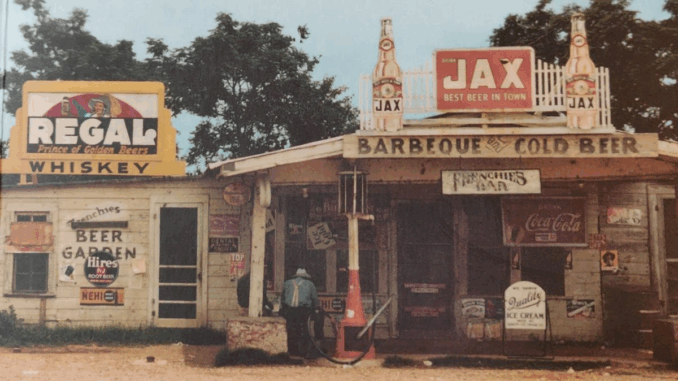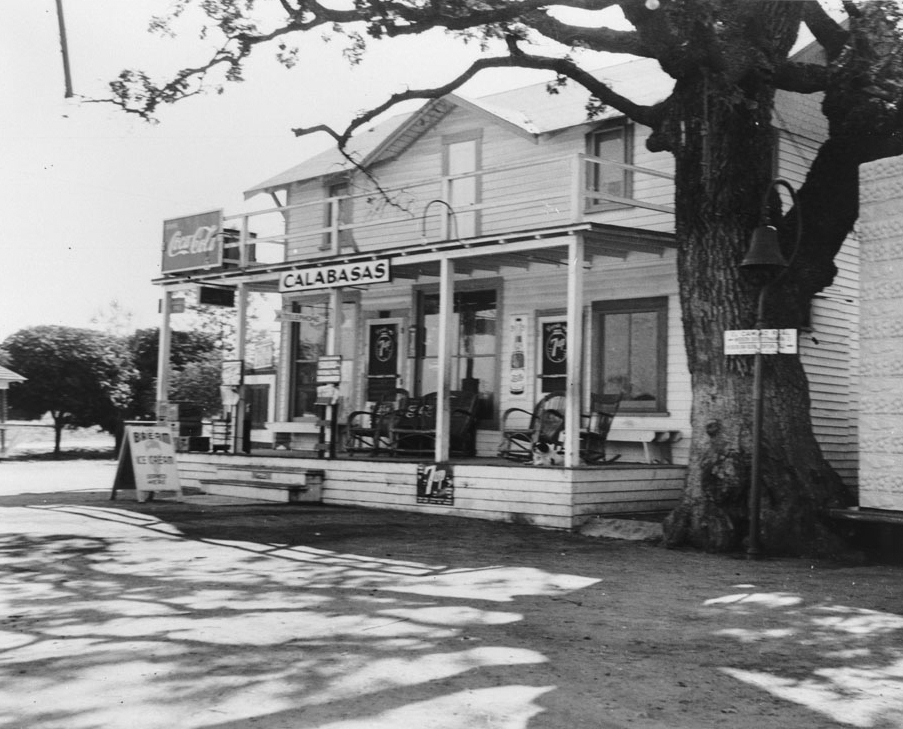
From Novel to Screen: A Passion Project Rooted in the South
When Fannie Flagg published her novel Fried Green Tomatoes at the Whistle Stop Café in 1987, she could not have predicted the profound cultural impact her story would have. A few short years later, the book was adapted into a film that would not only achieve box office success, but also carve out a permanent place in the American cinematic canon. Yet the journey from page to screen was anything but simple—it was filled with creative challenges, casting surprises, and a dedication to preserving the story’s heart.
Directed by Jon Avnet in his directorial debut, the 1991 film Fried Green Tomatoes brought together an extraordinary ensemble cast, an evocative Southern setting, and a story that quietly challenged social norms. But behind the film’s warm aesthetic and emotional depth lies a remarkable production journey that deserves its own spotlight.
Casting the Soul of the Story: Finding Idgie, Ruth, Evelyn, and Ninny
One of the most pivotal elements of the film’s success was its casting. Bringing Fannie Flagg’s characters to life required actors who could capture the story’s emotional complexity and subtle humor. The filmmakers needed someone fiercely independent yet vulnerable to play Idgie Threadgoode, and Mary Stuart Masterson, already known for her rebellious roles in Some Kind of Wonderful and Immediate Family, was cast with that spirit in mind.
For Ruth Jamison, a character defined by her inner strength and quiet grace, Mary-Louise Parker was a revelation. Still early in her career, Parker brought emotional depth and sincerity to Ruth, making the tragic and tender arc of her character deeply believable. Together, Masterson and Parker created one of the most enduring—and subtly subversive—relationships in 1990s cinema.
Kathy Bates, cast as Evelyn Couch, was at a turning point in her career. She had just won an Academy Award for her unforgettable role in Misery (1990), and her portrayal of Evelyn’s transformation from a meek housewife to a woman reclaiming her voice added a powerful modern layer to the film. Rounding out the cast was Jessica Tandy as Ninny Threadgoode, whose wisdom, wit, and mischief became the film’s beating heart.
Juliette, Georgia: A Town Transformed by Cinema

To authentically recreate the charm and decay of the fictional town of Whistle Stop, the production team searched the American South for the perfect backdrop. They found it in Juliette, Georgia—a tiny, nearly abandoned town that seemed frozen in time. It was there that they built the Whistle Stop Café and revitalized the surrounding structures to serve as the town’s general store, church, and homes.
The filming brought life back to Juliette, and after production ended, the Whistle Stop Café was turned into a real working restaurant that still draws fans of the film to this day. Locals and tourists alike can enjoy fried green tomatoes at the very place where Idgie and Ruth once served them onscreen. The film didn’t just create a fictional world—it revived a real one.
Navigating Controversy: The Quiet Queerness of Idgie and Ruth
One of the most lasting discussions surrounding Fried Green Tomatoes is its treatment of Idgie and Ruth’s relationship. In Fannie Flagg’s original novel, their love is explicitly romantic. The film, however, presented it with more ambiguity—likely to avoid backlash from studios or conservative audiences in the early ’90s.
While the romantic nature of their bond was softened, the chemistry and intimacy between the characters was undeniable. Director Jon Avnet has since confirmed that their relationship was indeed romantic, and that he purposely relied on subtext and performance rather than overt dialogue. This creative decision, though controversial at the time, allowed the film to reach a wide audience while still resonating with LGBTQ+ viewers who saw themselves reflected in Idgie and Ruth’s fierce devotion.
In recent years, critics and scholars have revisited the film as a milestone in queer representation, particularly in its use of Southern gothic storytelling to explore themes of chosen family, secrecy, and survival.
Challenges Behind the Scenes: Weather, Emotion, and Authenticity
Filming in Georgia during the summer presented several logistical challenges. Temperatures regularly soared, affecting both cast and crew. Additionally, the period costumes and vintage equipment required meticulous attention to detail, especially in scenes set in the 1920s and 1930s. The production team worked tirelessly to ensure historical accuracy without sacrificing emotional storytelling.
Many of the film’s most emotional scenes—such as Ruth’s final days or Evelyn’s parking lot meltdown—were filmed under intense time constraints. Yet the cast brought raw honesty to every take. Kathy Bates has spoken in interviews about how much she related to Evelyn’s frustrations, while Mary Stuart Masterson described her bond with Parker as one of the most creatively fulfilling collaborations of her career.
A Quiet Hit With a Loud Legacy
Fried Green Tomatoes was released on December 27, 1991, and opened to strong reviews and box office success. It ultimately grossed over $119 million worldwide—an impressive feat for a modestly budgeted drama with no special effects or flashy action sequences. The film was nominated for two Academy Awards and won several other accolades, including the GLAAD Media Award for Outstanding Film.
But the real legacy of the film is found in its fans. From LGBTQ+ viewers who saw a love story hidden in plain sight, to women of all ages who found inspiration in Evelyn’s self-reclamation, the film built a multi-generational audience that continues to grow.
A Living Tribute: Tours, Recipes, and Fan Culture
More than thirty years later, Fried Green Tomatoes is not just a film—it’s a cultural touchstone. Fans continue to make pilgrimages to Juliette, Georgia, where the Whistle Stop Café serves as a living tribute. Fried green tomatoes, now a signature dish across the American South, gained popularity in part thanks to the film’s title and culinary scenes.
Cookbooks, fan fiction, academic essays, and social media groups dedicated to the film and novel reflect its lasting emotional impact. Quotes like “Towanda!” have entered the pop culture lexicon, becoming rallying cries for empowerment and self-assertion.
Conclusion: A Production Story Worth Celebrating
The making of Fried Green Tomatoes was an act of love—from Fannie Flagg’s deeply personal novel to Jon Avnet’s vision, and from the cast’s powerful performances to the town of Juliette’s transformation. What could have been just another sentimental period film became something far greater: a story that defied conventions, healed hearts, and opened eyes.
Behind the quiet Southern charm of the Whistle Stop Café lies a film that broke boundaries, united generations, and—33 years later—still tastes as fresh and relevant as ever.
